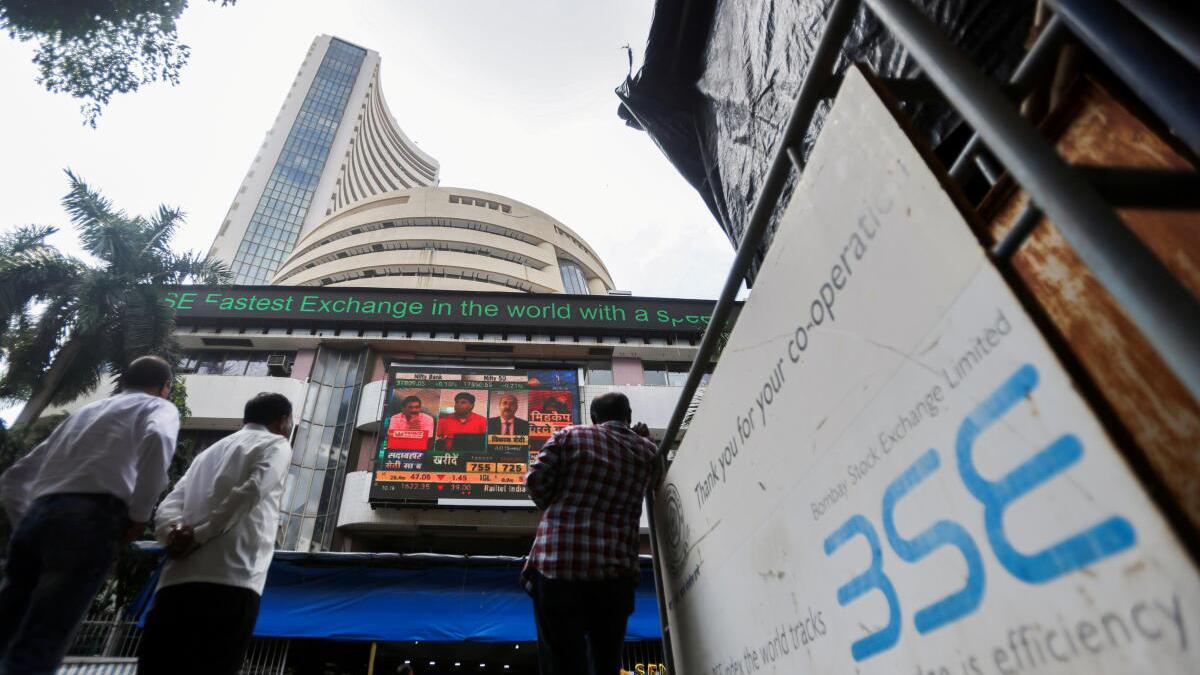
This year was turbulent for markets worldwide as falling stock markets wiped out trillions of dollars in investments in contrast to 2021 when bourses had a significant bull run.
After the stock market crash in March 2020, central banks adopted an accommodative policy stance which made it easier for investors and businesses to borrow. Low interest rates coupled with stimulus packages announced by governments and the easing of COVID-19-related restrictions made indices reach record peaks in 2021.
But in 2022, after Russia’s invasion of Ukraine in particular, supply chains broke down, which led to a surge in commodity prices. This built inflationary pressures. As central banks raised benchmark rates to curb inflation, markets responded with sharp corrections. As a consequence, financial markets of both emerging and developed economies are ending the year in the red. A few exceptions include Brazil, a commodity-exporting country, and India, where domestic institutional investors (DIIs) have played a pivotal role in counterbalancing the outflows of foreign investors. Table 1 shows the yearly change in the closing value on December 27 across major markets. Only Brazil, India and Singapore’s markets show modest gains of over 2% year to date.
Chart appears incomplete? Click to remove AMP mode
While India’s markets outperformed major indices, the year-to-date returns from BSE Sensex were the lowest in the past six years ( Chart 2). In contrast, in 2020 and 2021, when FPIs were net buyers, the benchmark index yielded a 15% return. Chart 2 shows the closing value of BSE Sensex and the yearly change in closing value for the past 10 years.
The first half of 2022 saw massive selling from foreign portfolio investors who pulled out funds to the tune of $16.25 billion. In the wake of rising interest rates, FPIs resorted to a massive selling spree in emerging market economies and rushed to safe-haven assets. In India, this flight of capital was made up by increased participation from DIIs who were aided by retail investors and strong inflows from systematic investment plans. Chart 3 shows investments (in ₹ billion) by foreign institutional investors (FIIs) and DIIs through NSE in the cash market segment. In the calendar year 2022, FIIs sold equities in the cash market worth ₹3,054 billion while DIIs bought equities worth ₹2,382 billion.
There has been a significant surge in new investor accounts post-2020 in a bid to ride the bull wave. The year 2021 saw an unprecedented rise in retail participation thanks to higher adoption of mobile and digital investing platforms, rising interest in IPOs, the spread of investment culture in Tier-3 and Tier-4 cities and prominence of equity as an asset class (SEBI report). About 30 million new investor accounts were added by NSDL (National Securities Depository Limited) (blue bar) and CDSL (Central Depository Services Limited) (red bar); close to 26 million new accounts were added in 2022 ( Chart 4).
Retail participation picked up after the crash in 2020 and has strengthened in the past three years. Retail investors had remained net sellers for 11 years until 2020 when they turned net buyers ( Chart 5). This trend picked up in 2021 as their net inflows touched ₹1,405 billion. In 2022, inflows by retail investors have been over ₹800 billion. Chart 5 shows the net inflows (₹ billion) by retail investors in NSE’s cash market segment.
There have also been healthy inflows through SIPs, a preferred route for retail investors. Inflows through the SIP route recorded a sharp rise in 2021 and continued this year. Chart 6 shows monthly SIP contributions in ₹ crore.
Source: NSE, SEBI, BSE, AMFI
Also read: Data | Which Indian State has the most number of stock market investors
Stay connected with us on social media platform for instant update click here to join our Twitter, & Facebook
We are now on Telegram. Click here to join our channel (@TechiUpdate) and stay updated with the latest Technology headlines.
For all the latest Business News Click Here
For the latest news and updates, follow us on Google News.
